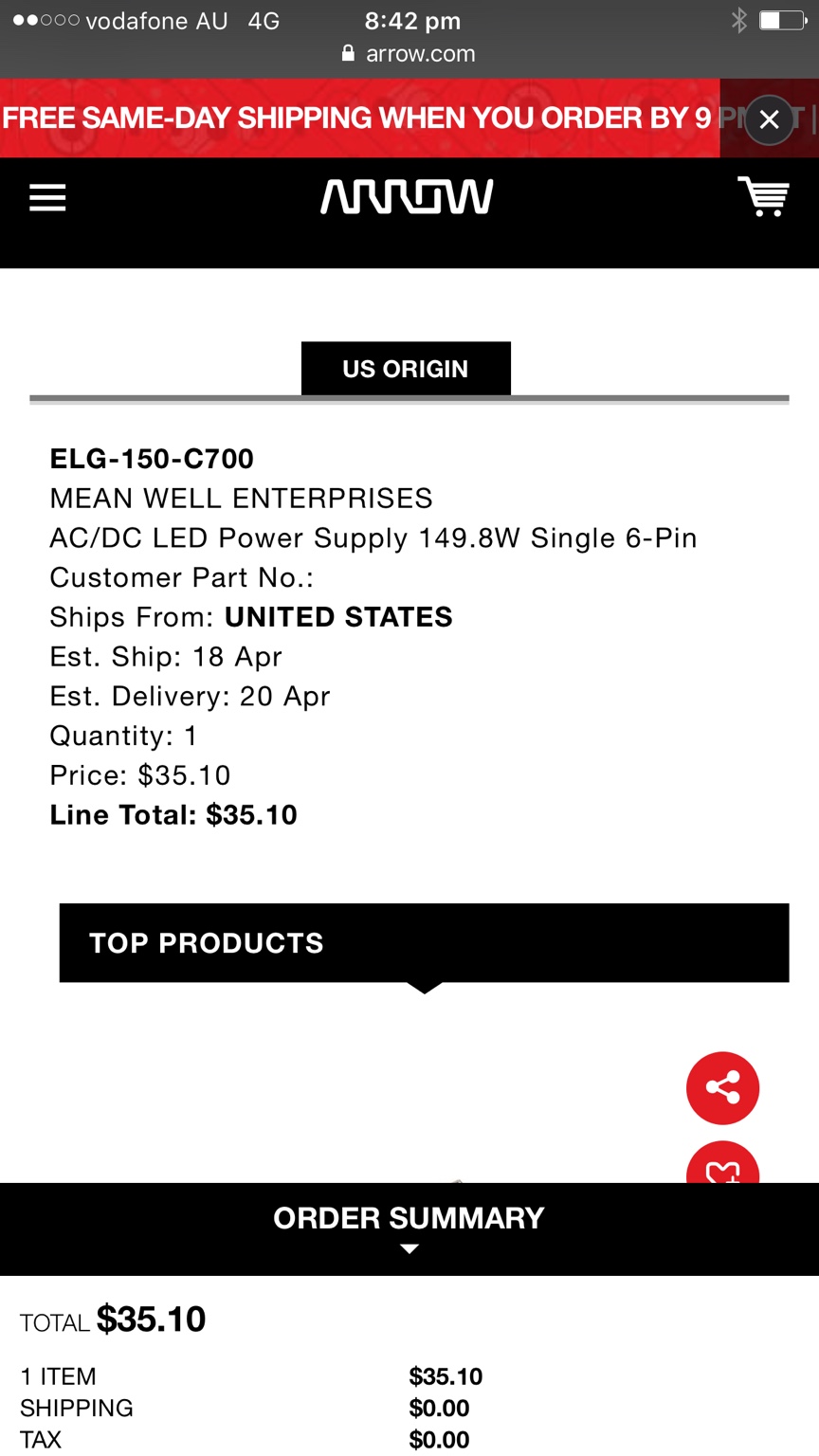Hey guys I am reasonably new too these forums and very new too the whole subject of led cob's and there power supply. Mainly all I read in most diy cob builds is that you pretty much have no option but too run a meanwell hlg driver, considering my main power supply's are 240v- 60hz it's not the best option for me?
For experimental sake I've ordered non brand 50w and 100w cob led's which come with power supply's.
I have also ordered an extra five 50w non brand drivers 36v @ 1500ma which I was hoping too power five 55w Citizen cobs
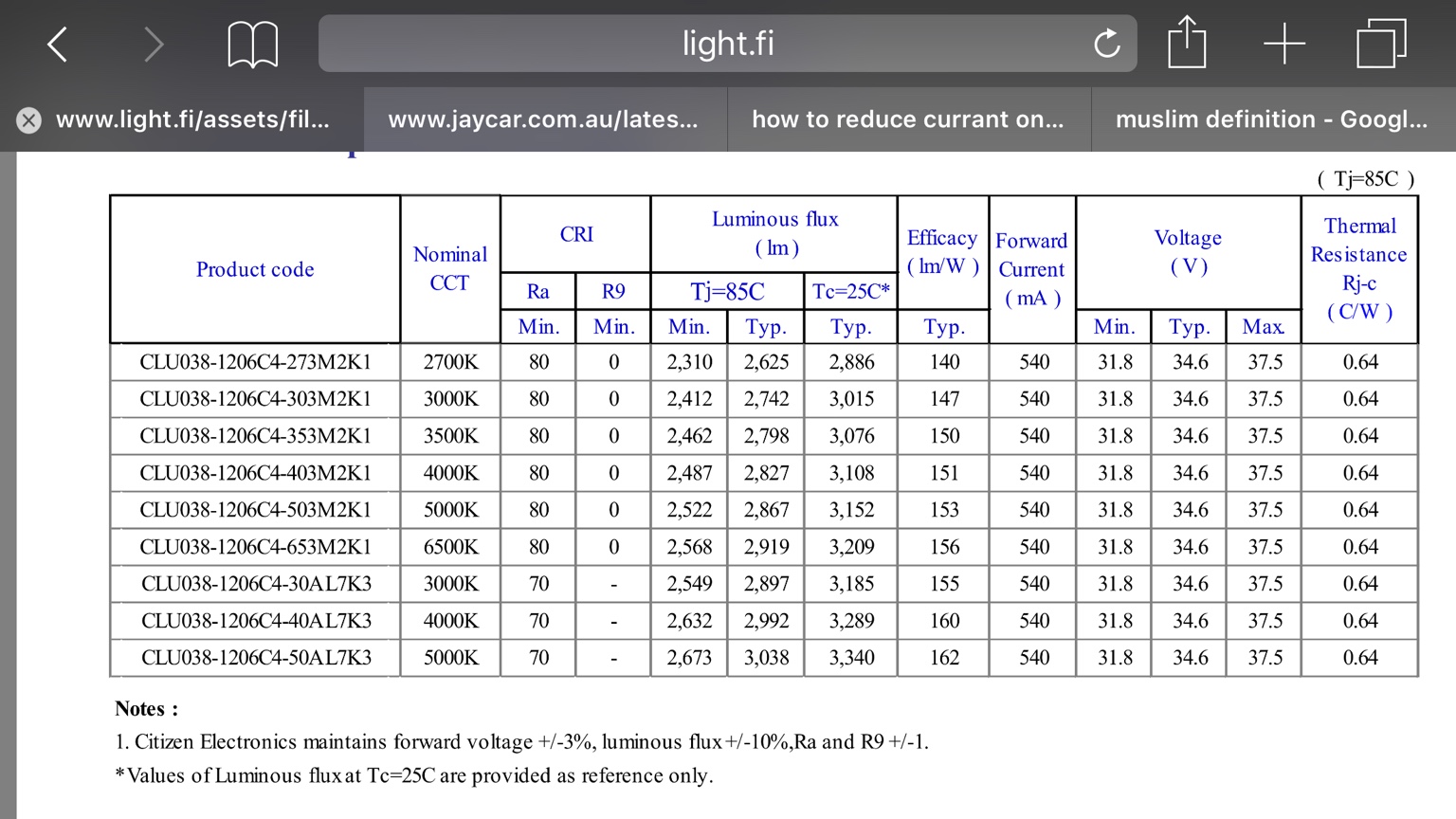
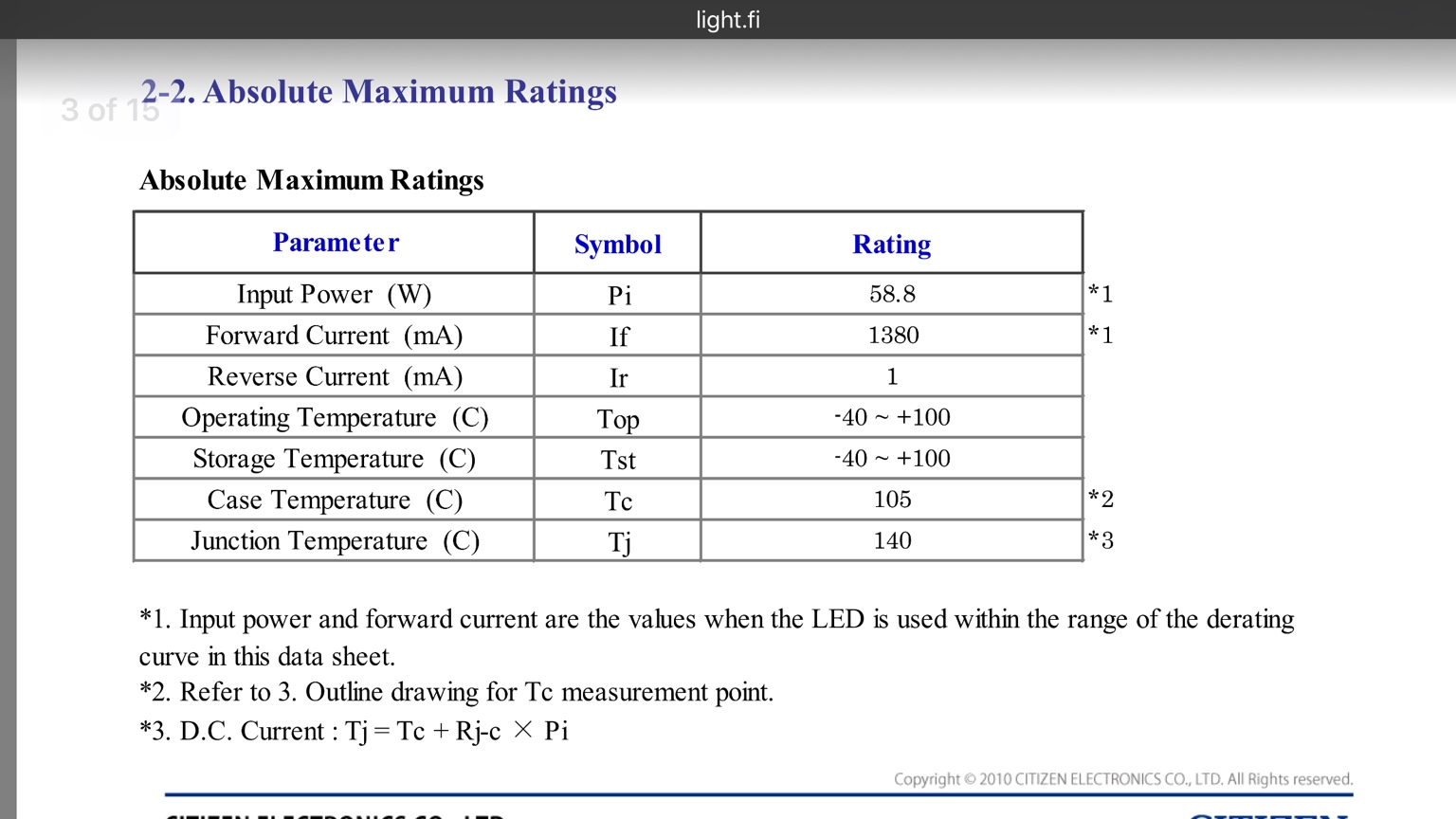
So obviously I've ran into a problem here, originally I thought great 36v & 50w would be perfect to run these chips "hard". And hopefully I can get 8-10k lumens. As I've been pointed out by another member here the cob although rated at 55w it can only take a max currant of 1380ma. The driver I've ordered will put out 1500ma/50watts at 36v.
So main question is, could I possibly run two cobs at 750ma running them in parallel. I'm aware of the thermal runaway but as I've read there are a few ways of avoiding this either with a buck converter or simply fuses. Would this be a possible option?
I've been to checkout a electrical & powersupply hobby type shop and had a good discussion about the possibility's of buck converters and the different option he could supply, he also suggested to order custom built transformers which can be made to any specification, anybody have experience with this route for diy driver builds? I'm assuming you could go as far as using resistors and buck converters to build your own custom driver?
Anyway I was just hoping for some advice on this situation and some good threads or diy builds suggested that don't take the conventional hlg setups.
Possibly if anyone would like to post there setups and power supply's with cost's. (of driver components).
For experimental sake I've ordered non brand 50w and 100w cob led's which come with power supply's.
I have also ordered an extra five 50w non brand drivers 36v @ 1500ma which I was hoping too power five 55w Citizen cobs


So obviously I've ran into a problem here, originally I thought great 36v & 50w would be perfect to run these chips "hard". And hopefully I can get 8-10k lumens. As I've been pointed out by another member here the cob although rated at 55w it can only take a max currant of 1380ma. The driver I've ordered will put out 1500ma/50watts at 36v.
So main question is, could I possibly run two cobs at 750ma running them in parallel. I'm aware of the thermal runaway but as I've read there are a few ways of avoiding this either with a buck converter or simply fuses. Would this be a possible option?
I've been to checkout a electrical & powersupply hobby type shop and had a good discussion about the possibility's of buck converters and the different option he could supply, he also suggested to order custom built transformers which can be made to any specification, anybody have experience with this route for diy driver builds? I'm assuming you could go as far as using resistors and buck converters to build your own custom driver?
Anyway I was just hoping for some advice on this situation and some good threads or diy builds suggested that don't take the conventional hlg setups.
Possibly if anyone would like to post there setups and power supply's with cost's. (of driver components).



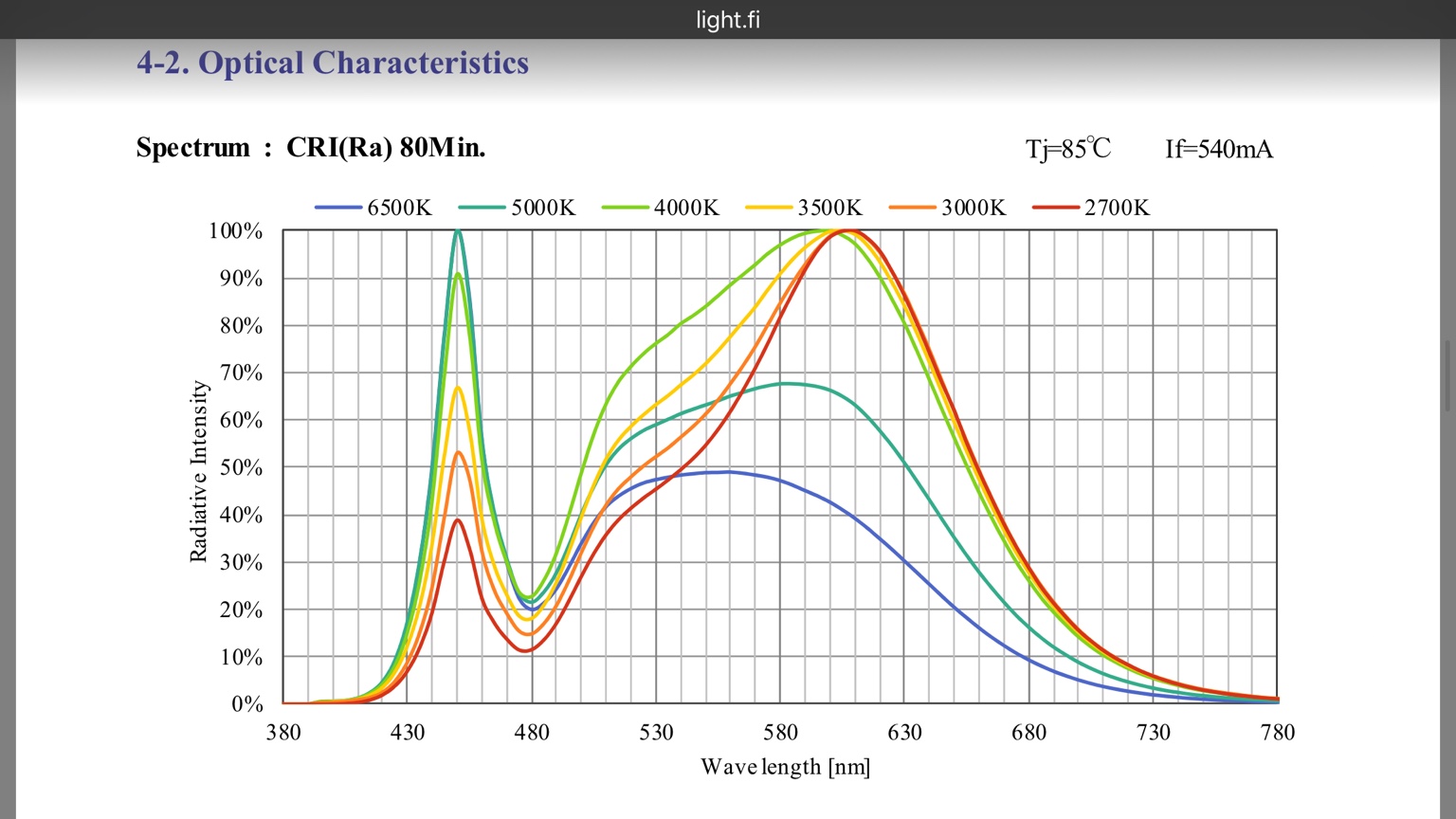
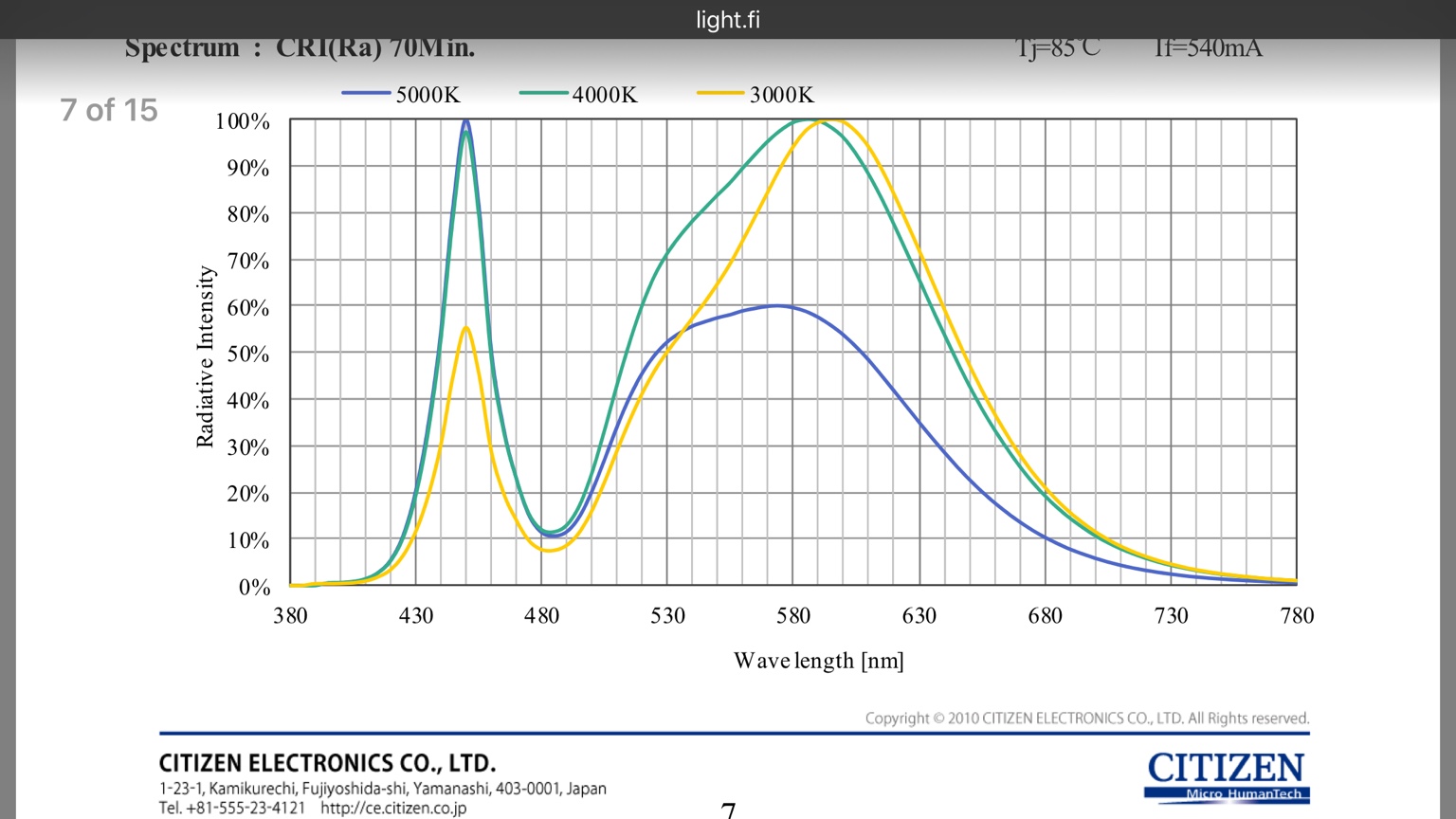
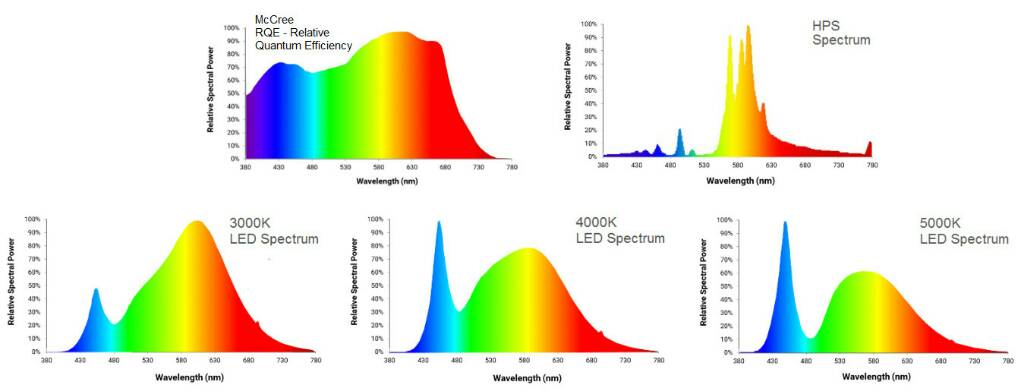
 But still have no idea on what the best light will be lol. I'm starting to think a combination will be the best bet
But still have no idea on what the best light will be lol. I'm starting to think a combination will be the best bet